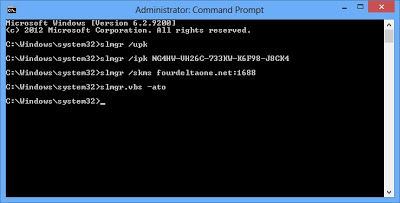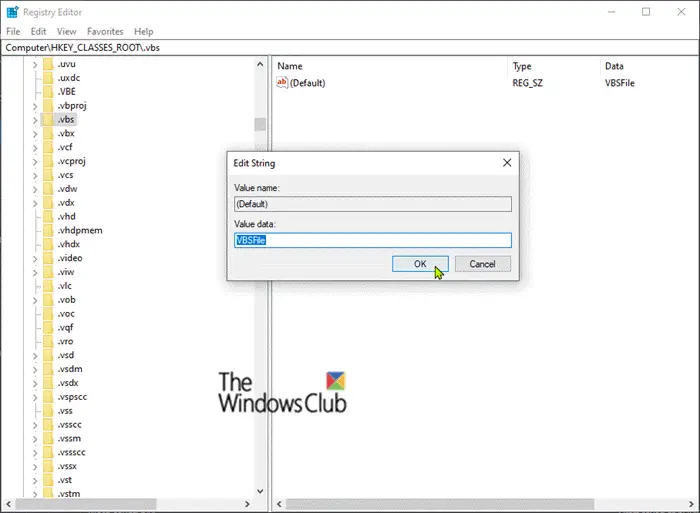

- SLMGR VBS OUTPUT TO FILE ACTIVATION KEY
- SLMGR VBS OUTPUT TO FILE WINDOWS 10
- SLMGR VBS OUTPUT TO FILE PASSWORD
- SLMGR VBS OUTPUT TO FILE WINDOWS
In some systems, the above commands would output the caption OA3xOriginalProductKey and blank rows beneath, showing no product key. Or, if you’re using PowerShell, run this command from an admin PowerShell window to know the product key: (Get-WmiObject -query 'select * from SoftwareLicensingService').OA3xOriginalProductKey Note that you’ll need to run the above command from an elevated/admin Command Prompt window.
SLMGR VBS OUTPUT TO FILE ACTIVATION KEY
This method retrieves the activation key stored in the UEFI/BIOS of your computer. wmic path softwarelicensingservice get OA3xOriginalProductKey
SLMGR VBS OUTPUT TO FILE WINDOWS
Use the following WMI command-line to fix the product key of your Windows installation.
SLMGR VBS OUTPUT TO FILE WINDOWS 10
The output is returned to the PowerCLI window from which the cmdlet is run.View Windows 10 Product Key Method 1: Using WMI command-line or PowerShell

The procedure I would use would be something like this:

By remotely, I mean running the PowerCLI cmdlet inside a console on computer A whilst targeting computer B. Say you want to remotely display the contents of the root directory on C: for a VM called Windows 7. 1.įigure 1 – Granted privileges to a vSphere local user accountģ) For vCenter Server and ESX(i) 4.1 and later, make sure the account used to connect to the ESX host has privileges.Ĥ) For vCenter Server and ESX(i) 5.0 and later, the ESX account in addition must also be granted and privileges. If some other account is used, you can check the assigned privileges as per Fig. If you’re using root, know that the privilege is granted by way of the account’s default settings.
SLMGR VBS OUTPUT TO FILE PASSWORD
.png)
GuestUser – An account with administrative privileges on the vm’s guest OS such as the administrator account.ScriptText – This can represent a path to a script residing on the VM’s OS or simply a string of commands concatenated using the & operator.We use something like $vm = get-vm -name to populate it. VM – This represents the vm you wish target.Regardless, here’s an explanation for each: The parameters to the cmdlet are mostly self-explanatory. Invoke-VMScript -VM -ScriptText -GuestUser -GuestPassword -ScriptType The minimal syntax required is as follows. I’ll jump straight in and show you the basic syntax just to get you started. This functionality comes in handy in those instances where network connectivity to a VM has been lost or when you need to automate tasks on one or more virtual machines. The cmdlet can be used to target both Windows and Linux operating systems. The Invoke-VMScript cmdlet is used to remotely execute commands and scripts in the guest OS running on a VM. In today’s post, I’ll be introducing a very useful PowerCLI cmdlet which should be a great asset to your troubleshooting and automation quests.


 0 kommentar(er)
0 kommentar(er)
